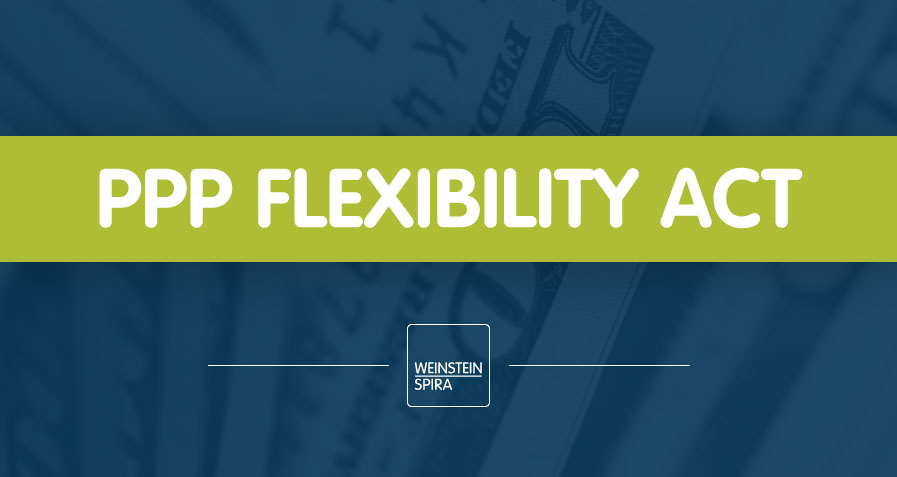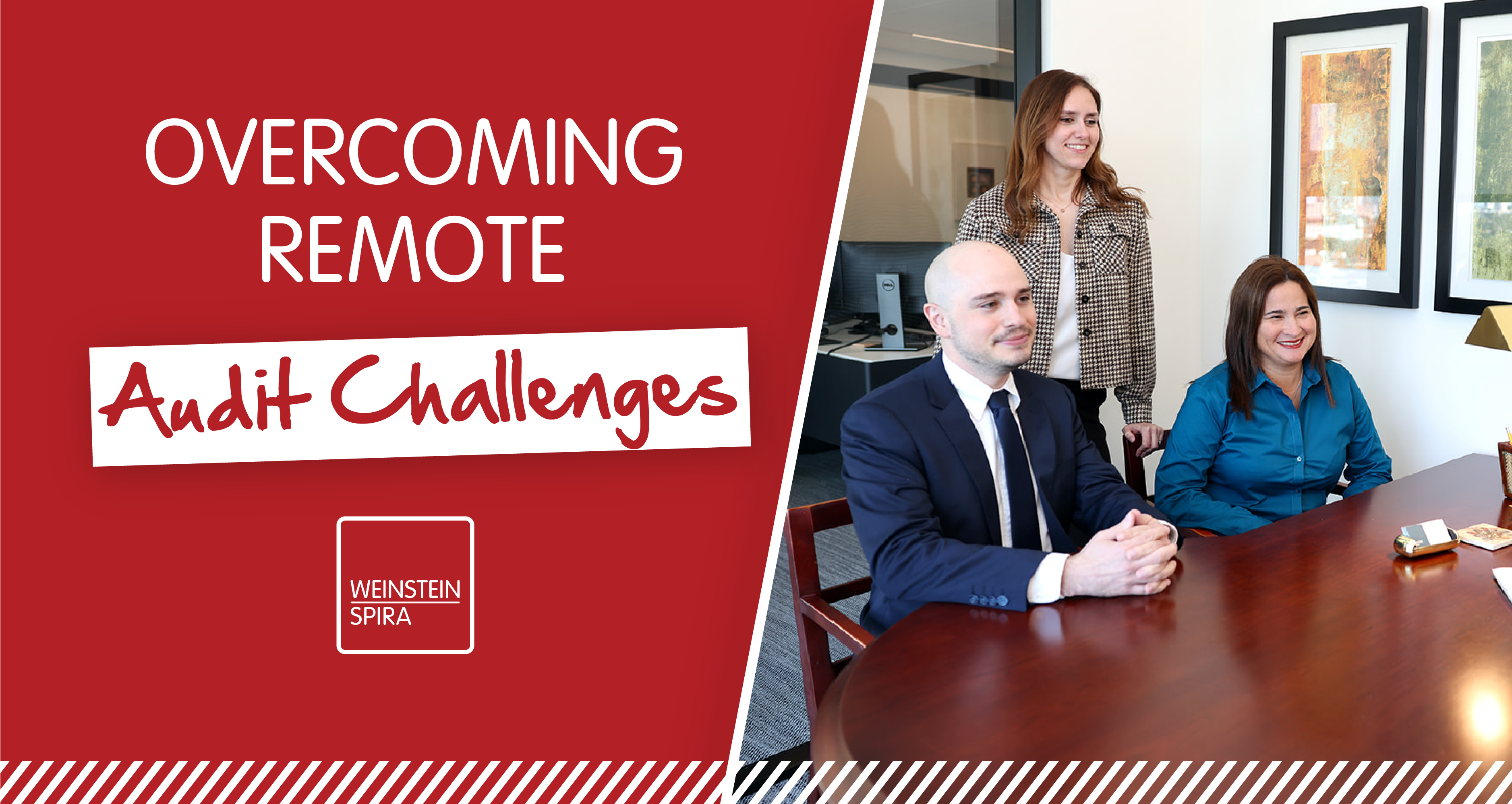The Paycheck Protection Program (PPP) Flexibility Act of 2020 (the Act) became law on June 5, 2020. This Act applies only to section 1106 of the CARES Act, which pertains to the forgiveness of PPP loans.
The following is a summary of the Act:
- PPP borrowers have the option to extend the time to use the PPP loan funds from eight weeks to 24 weeks. However, the 24-week period cannot extend beyond December 31, 2020.
- The 75% payroll expenditure requirement is now reduced to 60%. If the total amount spent on payroll costs is less than 60%, none of the PPP loan will be forgiven.
- PPP borrowers can use the 24-week period to restore their workforce levels and wages to the pre-pandemic levels required for full forgiveness. This must be completed by December 31, 2020.
- The Act eases rehiring requirements. The following circumstances do not factor into the determination of the required workforce number that a company must have in order to qualify for PPP loan forgiveness:
- (1) cannot rehire employees that were on the payroll on February 15, 2020
- (2) cannot find qualified employees, and
- (3) is unable to restore business activity to February 15, 2020 levels due to COVID-19-related operating restrictions.
- If a PPP borrower does not qualify for loan forgiveness, the borrower may contact the bank to negotiate a five year maturity on the loan, instead of the two year required term. Interest rates remain at 1%.
- The Act allows business that took a PPP loan a deferral of the employer’s share of payroll taxes. 50% must be paid by December 31, 2021, and 50% must be paid by December 31, 2022.
- This Act does not address tax deductibility of covered expenses.
The AICPA is working with the SBA to develop FAQs on this new legislation. Please contact your Weinstein Spira advisor with questions regarding the PPP Flexibility Act.



